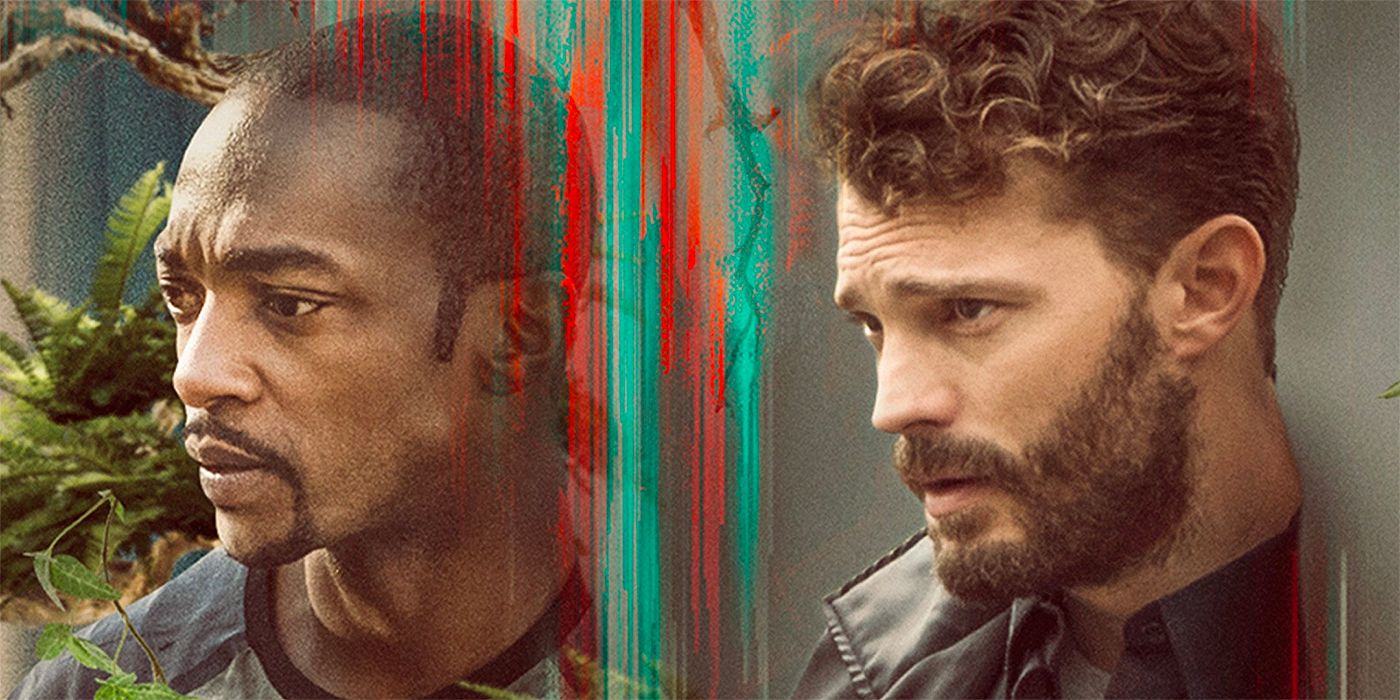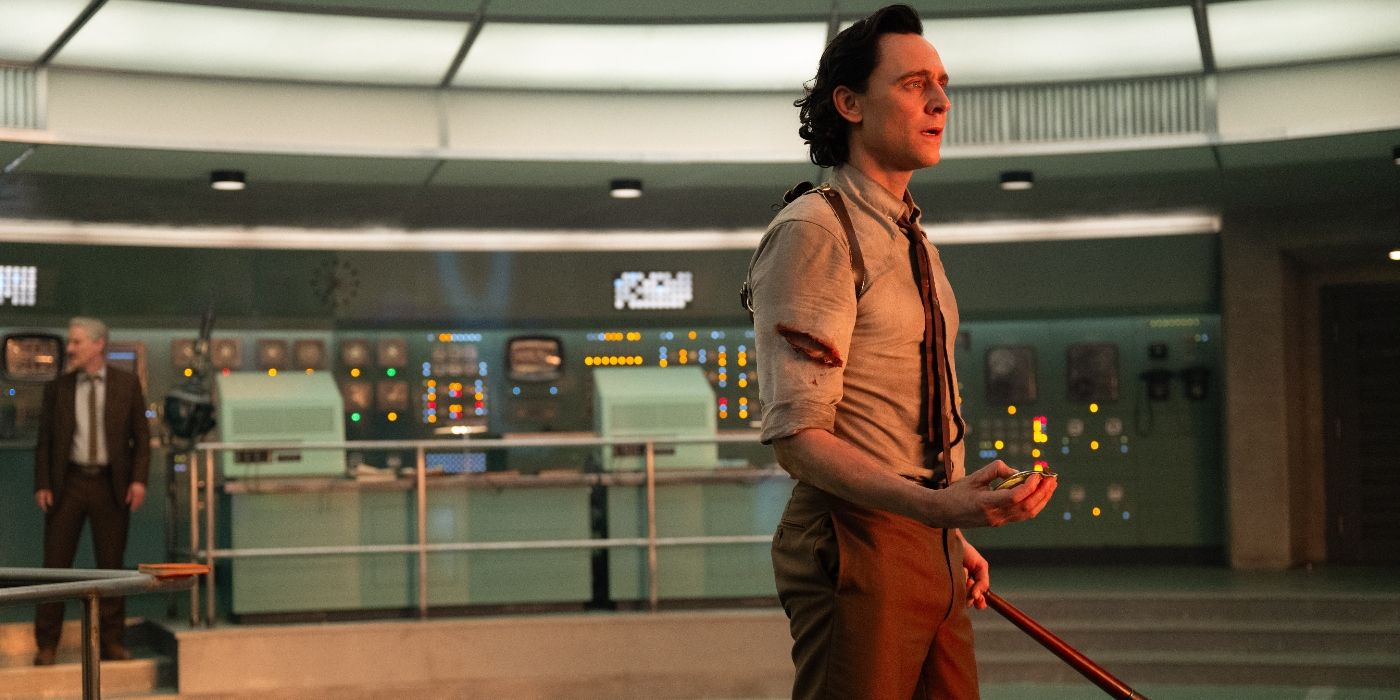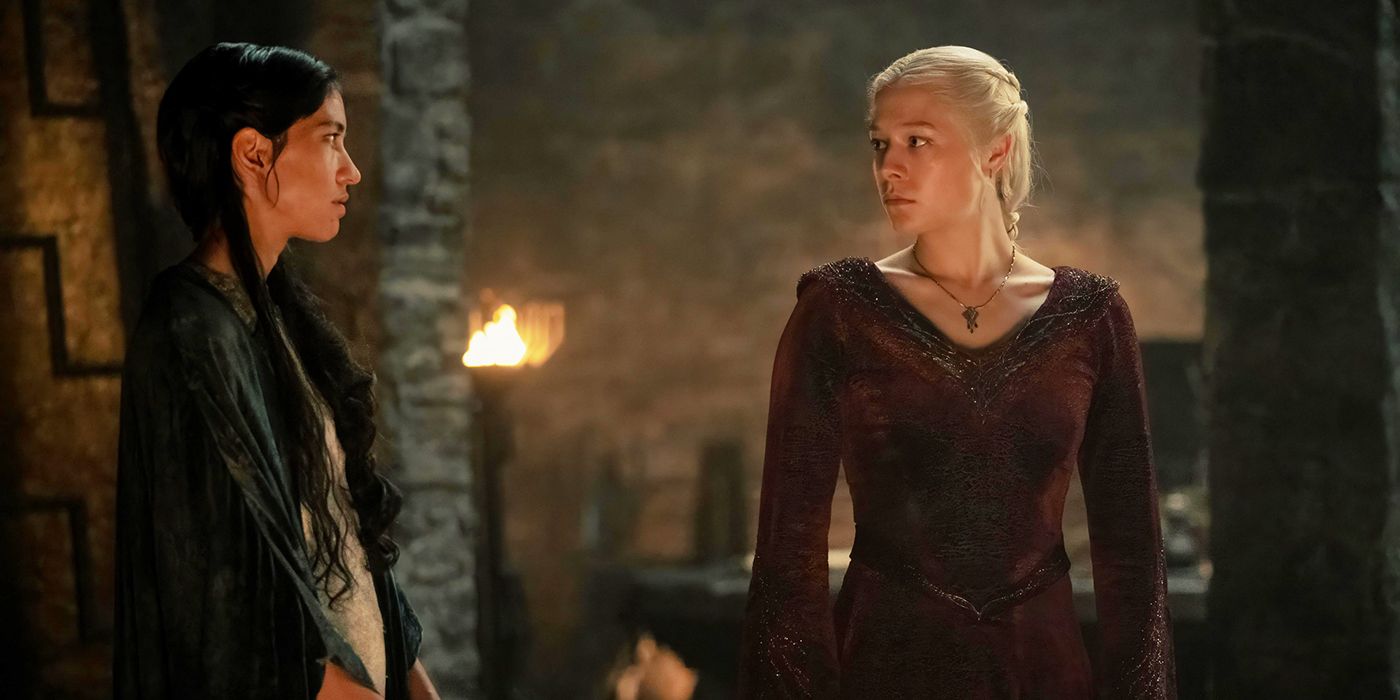The Big Picture
- Synchronic offers a unique and emotional take on time travel, using a drug that allows users to travel through time based on its effects on the brain.
- The film stands out by exploring the emotional impact of time travel, focusing on characters dealing with personal loss and the lengths they will go to save the ones they love.
- Benson and Moorhead’s work on Synchronic may have influenced their approach to Loki and Moon Knight, as both series feature haunting visuals and disturbing imagery that align with their signature style.
The second season of Loki has seen Tom Hiddleston‘s titular God of Mischief in a literal race against time, as he deals with being literally dragged through the space-time continuum as well as his feelings for his alter ego Sylvie (Sophia Di Martino). It also saw a change behind the scenes: series creator Michael Waldron stepped back from showrunning duties while Eric Martin shaped season 2, and the majority of the episodes are now directed by Justin Benson & Aaron Moorhead. The duo is no stranger to a Marvel project, as they also directed episodes of Moon Knight – which centered around Marc Spector (Oscar Issac) and his lunar-powered alter ego. But before they started adapting Marvel’s heroes, Benson and Moorhead were responsible for a number of mind-bending science fiction films. Their latest film Synchronic isn’t just one of the unique (and trippy) time travel films out there; it also may have laid the groundwork for their approach to Loki.
Synchronic Features A Unique – Yet Emotional – Angle To Time Travel
Synchronic centers on a pair of paramedics, Steve Denube (Anthony Mackie) and Dennis Dannelly (Jamie Dornan) as they start investigating a strange case of deaths. One case had an ancient cutlass embedded in the wall of the victim’s house, while another featured a corpse that was burned alive – but there were no signs of any fire. Eventually, Steve and Dennis learn that all the cases are connected by a designer drug called Synchronic, and things turn personal when Dennis’ daughter Brianna (Ally Ioannides) has gone missing after taking Synchronic. Steve soon learns that one of Synchronic’s side effects has its users literally travel through time, and he resolves to use this to save Brianna while also figuring out the limits of the pill.
While most movies involving time travel tend to have a set of rules that bend or outright break, Synchronic is fairly solid with the way its titular drug lets users travel through time. It affects the pineal gland in your brain; younger users are able to fully travel through time while older users appear as a ghost-like figure. You can also pull objects from the past back to the present with you, and travel to different points in time based on your location. Steve is able to utilize Synchronic to great effect due to a tumor in his brain; it affects his ability to time travel but is slowly growing and will soon claim his life.
That emotional underpinning helps Synchronic stand out from the pack when it comes to time travel narratives. Like any good science fiction trope, time travel is often used as a way to heal past wounds (quite literally in some cases) or serve as commentary on social issues. The Terminator movies painted a vision of a world ravaged by unchecked technology, while films like Groundhog Day and Palm Springs utilize a time loop as a way for their characters to grow by reliving the same day over and over. In Synchronic‘s case, both Steve and Dennis are affected by the loss of Brianna. In attempting to find Brianna, Steve winds up in a number of dangerous situations – he’s almost impaled by a conquistador and is nearly lynched by the Ku Klux Klan when a Synchronic trip takes him into the literal middle of the Civil War. Dennis’s bonds with humanity falter; it’s implied that he’s losing touch with his wife, and he lashes out at Steve when morphine goes missing from their ambulance, leading to a physical fight between the two. Throughout its runtime, Synchronic seems to imply that the bonds between us and the people we love will literally transcend time; this leads to an emotionally charged finale where Dennis grabs Steve’s hand as Steve starts to flicker in and out of time. The film ends without a definitive answer to Steve’s fate, but it is heartwrenching nonetheless.
Benson and Moorhead’s Work on Synchronic May Have Informed Their Take on ‘Loki’ And ‘Moon Knight’
Like all of their films, Benson and Moorhead delivered some seriously haunting imagery when crafting Synchronic. During Steve’s aforementioned brush with the conquistador, he finds himself in a swamp that’s choking in overgrowth, with the light casting a sinister green glow over his surroundings. The cinematography from Moorhead is so rich with detail and dread; rust on a compass, scorch marks from the burnt body, even Steve’s dimly lit apartment lend credence to the bizarre nature of objects being ripped out of time and space. This attention to detail goes hand in hand with the story, providing a cinematic experience that’s rich in visuals as well as character.
The duo seem to be taking a similar approach to Loki; the Season 2 premiere “Ouroburos” has Loki literally dragged up and down points in time. It’s a rather disturbing thing to watch as Loki’s body stretches like taffy, leading him to vanish in one point and appear in another. Much like Steve, Loki can’t control where he ends up or who he interacts with. Moon Knight also features some disturbing imagery throughout its run, particularly the second episode “Summon The Suit.” There, Steven Grant comes face to face with his alter ego Marc Spector, as well as the Egyptian god of vengeance Khonshu. Khonshu is utterly terrifying – his head is a bony beak and he towers over Grant, with the lights flickering on and off. But Benson and Moorhead really shine when they let Moon Knight battle a zombified jackal in the streets of London. The lunar powered vigilante races from rooftop to rooftop, literally leaping past the moon in one shot, and catches one of his trademark crescent darts while basked in the moon’s light.
Benson and Moorhead have continued to spread their disturbingly gripping vision of sci-fi in other franchises, helming episodes of Jordan Peele‘s revival of The Twilight Zone and the horror anthology Archive 81. It’s clear that they make a perfect fit for Marvel’s more outlandish characters – and with Marvel Studios chief Kevin Feige saying that the MCU has only scratched the surface of its potential, perhaps the duo can bring even more of their Synchronic magic to bear.





